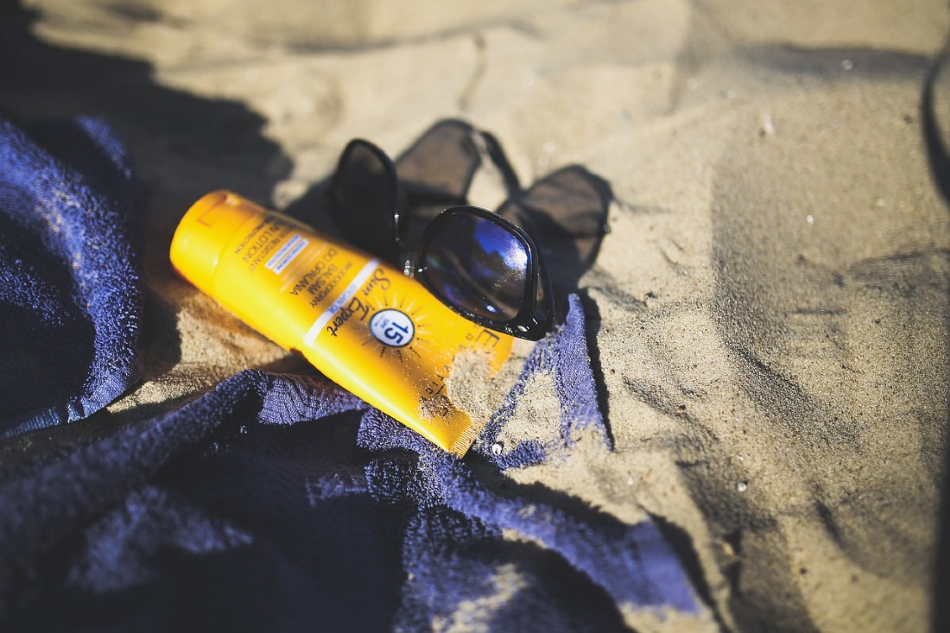Sunscreen and cosmetics that offer sun-protection usually employ two methods of protection: inorganic compounds that provide a physical barrier and reflect UV light away from the skin and organic compounds that absorb UV rays. The metal oxides zinc oxide and titanium oxide are commonly used as reflective components. In modern products, these metal oxide particles are produced to a nanometer scale, making them transparent within the product.
This means that many different products, such as make-up, can have a sun-protection element without altering the product color. The effectiveness of the metal oxides to provide the level of protection required by the rating of the sunscreen or cosmetics is dependent upon the amount of oxide existing within the product, as well as the particle form and size. Therefore, controlling the metal oxide content during manufacturing is vital in ensuring the sunscreen protects the consumer in the way claimed.

Benchtop XRF for Rapid Determination of TiO2 and ZnO
X-ray fluorescence (XRF) is the perfect method for establishing the level of titanium and zinc oxides in cosmetics and sunscreen as it is quick, completely non-destructive, and very little sample preparation is needed, even when the sample is in cream, powder, or gel form.
Routine analysis of sunscreen and other cosmetics is made simple with Hitachi High-Tech’s X-Supreme8000 benchtop XRF analyzer. It is designed for utilization in a busy production environment, when measuring high volumes of product that must meet exact specifications, the X-Supreme has a number of features that help.
Powerful Technology for Accurate Results
The X-Supreme contains a high-resolution silicon-drift detector (SDD) and a high-performance X-ray tube. These work together to ensure that precise and accurate results are gathered within minutes, with ZnO and TiO2 being measured at the same time.
The X-Supreme8000 includes a sample spinner that rotates the sample to enable several measurements to be taken over the sample’s surface in order to increase accuracy even more. This decreases the influence of sample inhomogeneity and helps to ensure repeatable results.
Easy to Use
All the user has to do to measure a sample is pour the liquid into a sample cup, place it in the analyzer and close the lid. To begin a scan, simply type in the sample’s name for future reference and press the button.
Within seconds, the results are displayed on the large, industrial-grade touch screen. It is possible to set the software to show a simple pass or fail message, which helps to decrease any errors when interpreting results, particularly when dealing with multiple samples.
Robust Enough for a Production Environment
An XRF analyzer is a high-precision instrument and the X-Supreme has many safety features that protect the delicate parts of the analyzer when in normal use. For instance, to contain any potential leak, a secondary safety window can be utilized under the sample cup.
The X-Supreme8000 is a powerful instrument that supports your cosmetics and sunscreen quality control program, ensuring that every batch meets the stringent specification needed. The reliable results, fast analysis time, and built-in safety features increase testing efficiency and reduce downtime.
The X-Supreme also includes an integrated sample changer which ensures the sample is in the path of the X-ray tube and detector only when a measurement is being taken and moves it away from these components as soon as the analysis has been performed.

This information has been sourced, reviewed and adapted from materials provided by Hitachi High-Tech Analytical Science.
For more information on this source, please visit Hitachi High-Tech Analytical Science.